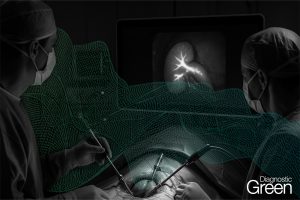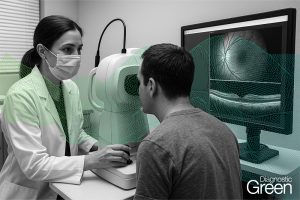Indocyanine green (ICG) angiography was first approved by the Food and Drug Administration for human use in the 1956. Prior to its use in chorioretinal angiograms, ICG was used to measure blood flow and track cardiac output. It was only in 1969 when two researchers, Kyuga Kogure and Earl Choromokos from the University of Miami, first used ICG to create more accurate angiograms. In the following years, researchers were able to hone the underlying science of this new form of angiography. As time passed and technology advanced, the application of ICG in clinical practice became widespread.
Today ICG is used to diagnose and monitor the progression of retinal and choroidal diseases affecting millions of individuals across the globe. ICG utilizes the injection of indocyanine green dye into a patient’s bloodstream to visualize abnormalities of the choroid and retina by evaluating choroidal circulation.
ICG angiography is useful in the diagnosis and management of occult choroidal neovascularization in age-related macular degeneration and may be used in other inflammatory conditions with central serous chorioretinopathy. ICG angiography offers advanced imaging for improved monitoring and treatment of a wide variety of choroidal and retinal diseases.




